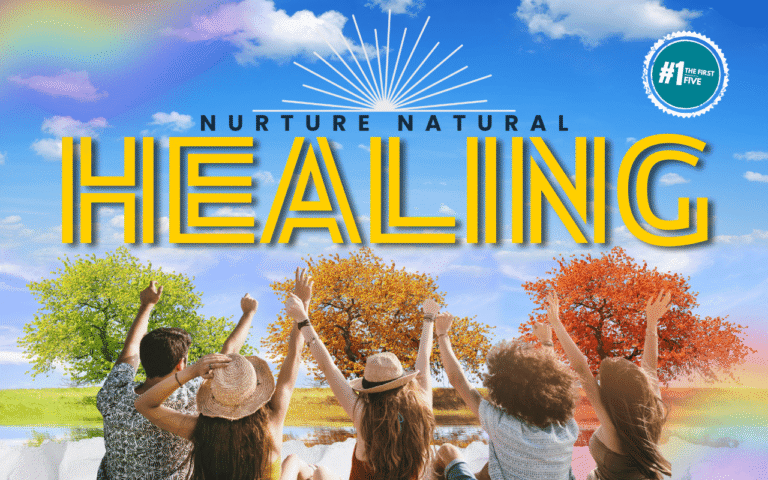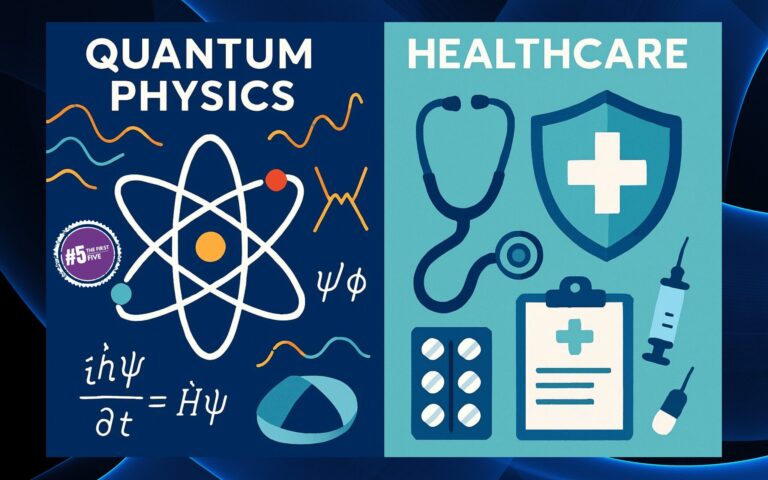Pharmaceutical medicines work through the energy of interference. This is the fundamental flaw of the pharmaceutical approach to health and wellness.
How Drugs Interfere with the Body
Pharmaceutical Medicines work by altering the body’s natural physiological processes, often targeting specific pathways to achieve therapeutic effects. For example, calcium channel blockers, serotonin reuptake inhibitors, beta blockers, and proton pump inhibitors are all designed to interfere with particular mechanisms—whether it’s regulating blood pressure, mood, heart rate, or stomach acid production.
While these interventions can be life-saving or symptom-relieving, they also underscore a fundamental truth: Pharmaceutical Medicines disrupt the body’s inherent balance. This disruption is precisely why side effects occur. And because each body is unique, no one can predict which side effects will manifest—or how many may affect an individual.
The Life-Saving Role of Pharmaceutical Medicines
That doesn’t mean that pharmaceuticals don’t have an important role to play in a healthcare system that serves us all best. There is a proper role for drugs in acute situations, whether it’s an antibiotic to stop an infection or clot busting drugs for someone suffering a stroke, pharmaceuticals have shown life saving capabilities.

The emergency and trauma care doctors are miraculous in their ability to treat us with drugs and surgery in life threatening situations. But ForeverWell is about chronic and auto immune disease and this is where heroic intervention with drugs does not work.
Chronic Disease and the Limits of Medication
When you visit your healthcare provider and their first choice for treatment is pharmaceutical medicines, they have no faith in the repair, recovery and adaptation abilities of your human body that I discussed in First Five’s # 1 & 2 above.
- Read here: The First Five #1 The Body’s Ability to Heal Itself: A Deeper Look at Your Natural Power
- Read here: The First Five #2 Homeostasis and the Power of Natural Healing
And this is the critical distinction. Chronic diseases are different. Diabetes, autoimmune issues, digestive problems, fatigue, and other chronic conditions are not emergencies. They develop over time, and as we have learned from the doctors in natural and functional medicine, they are multi-factorial.
Treating a symptom of a chronic disease with a drug, most often does nothing to resolve the underlying imbalances that led to the chronic condition in the first place.
Why Pharmaceutical Medicines Are Not Curative
I’m not against pharmaceutical medicines—they definitely have a place in healthcare. But right now, they play way too big a role. And here’s the simple truth: most of them don’t actually cure anything.
They’re designed to manage symptoms, not fix the root cause. That’s why, when you’re prescribed a medication, you’re often told you’ll need to take it for the rest of your life. If it really cured the problem, you wouldn’t need it forever.
This shows us that while these drugs can help in the short term, they’re not the long-term solution we’re hoping for. It’s time to rethink how we use pharmaceutical medicines and start focusing more on healing—not just masking symptoms.
A Real-Life Example: Statins and Side Effects

A dear college friend recently decided to go off his statin medications that he had been taking for years because of muscle pain in his shoulder that was affecting his quality of life.
His doctor suspected side effects of statins and shared research with my friend that showed that most statin users can expect an extra day of life for every year they are on statins. If you are taking a statin for 30 years and consider all the cost and potential side effects that come with that commitment, and you can only expect 30 extra days of life?!?! I mean, who would choose to do that?
The Transparency Problem in Prescribing
If your doctor was clear and honest about the drugs they are prescribing and all the costs, both economic and potential side effects, balanced against the expected benefits, we might be more cautious about saying yes to the doctor’s suggestions.
Sadly, it is impossible to predict in any one individual the actual impact of pharmaceutical medicines. No doctor can assure any individual patient that this particular treatment will resolve the symptom in a satisfactory way because no drug works for everyone.
Additionally, no doctor can assure a patient that they won’t suffer from mild or severe side effects associated with the drug they are prescribing. There is no way to predict in advance whether the drug recommended is going to have more benefit or create more harm in any particular individual.
The Issue of Polypharmacy in Older Adults
One thing people don’t talk about enough is how doctors almost never take people off medications once they’re on them. I’ll go deeper into this in another post, but it’s a big deal. As we get older, our bodies become less able to handle all the different drugs we’re given.

Instead of helping, the mix of medications can start causing problems—like dizziness, confusion, or feeling off balance. There’s even a term for it: polypharmacy, which basically means taking five or more meds every day. Studies show that seniors dealing with polypharmacy are much more likely to fall or end up in the emergency room—not because of their illness, but because of the side effects from their medications.
It’s a reminder that more medicine isn’t always better, and sometimes, less really is more.
Time for a Change in the Pharmaceutical Approach
The way we’ve been using pharmaceutical medicines to stay healthy just isn’t working anymore. For years, the focus has been on giving people pills to cover up symptoms instead of figuring out what’s really causing the problem. And while some medicines can help, they often come with side effects and don’t actually fix the root issue.
It’s like putting tape over a warning light in your car—it might hide the problem for a while, but it doesn’t solve it. People are starting to realize that we need a better way. It’s time to look at health in a new way—one that helps the body heal itself, supports long-term wellness, and gives people more control over their own health.
Real change starts with asking better questions and trying smarter solutions.
Read next:
The First Five #4 Patient Empowerment: Taking Charge of Your Health and Wellness









